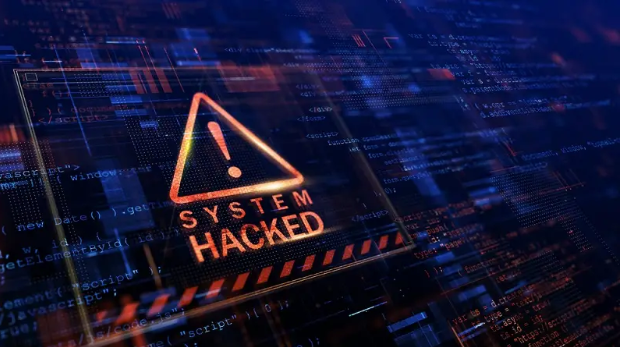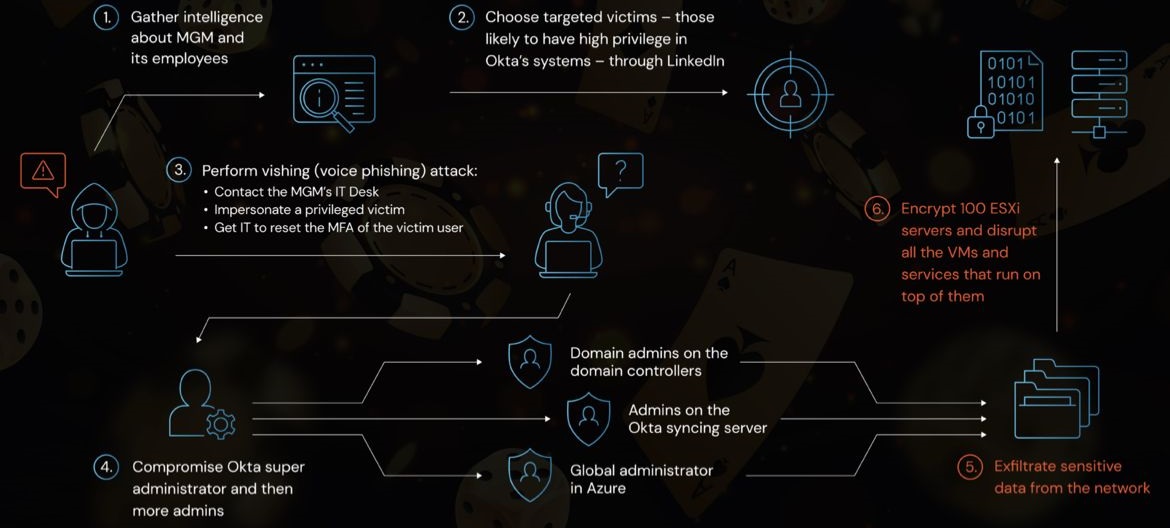
The Typhon Reborn Stealer malware has resurfaced with a number of new features that make it more difficult to detect and remove. The malware, which was first discovered in 2022, is designed to steal sensitive information from infected systems, such as passwords, credit card numbers, and browsing history.
The new version of Typhon Reborn includes a number of evasion techniques that make it more difficult for security software to detect. These techniques include:
Anti-debugging: The malware includes code that prevents it from being debugged, which makes it more difficult for security researchers to analyze its behavior.
Anti-virtualization: The malware can detect if it is running in a virtual machine, and will terminate if it is. This makes it more difficult for security researchers to test the malware in a controlled environment.
Dynamic code loading: The malware can load its code dynamically, which makes it more difficult for security software to identify the malware's signature.
In addition to these evasion techniques, Typhon Reborn also includes a number of new features that make it more dangerous. These features include:
File exfiltration: The malware can now exfiltrate files from infected systems, which makes it possible for attackers to steal sensitive documents and other files.
Remote access: The malware can now be controlled remotely by attackers, which gives them the ability to steal data, install other malware, or take control of the infected system.
The resurfacing of Typhon Reborn is a reminder that cybercriminals are constantly developing new malware that is more difficult to detect and remove. It is important for organizations to have up-to-date security software in place to protect themselves from this malware and other threats.
How to Protect Yourself from Typhon Reborn
There are a number of steps that organizations can take to protect themselves from Typhon Reborn and other malware:
Use up-to-date security software: Security software that is up-to-date with the latest signatures will be able to detect and remove Typhon Reborn.
Be careful about what websites you visit and what links you click on: Cybercriminals often use malicious websites and links to spread malware.
Keep your operating system and software up to date: Software updates often include security patches that can help to protect your systems from malware.
Use strong passwords and change them regularly: Strong passwords can help to protect your accounts from being hacked.
Be aware of the latest cyber threats: Cybercriminals are constantly developing new malware and attack techniques. It is important to be aware of the latest threats so that you can take steps to protect yourself.
By following these steps, organizations can help to protect themselves from Typhon Reborn and other malware.
Conclusion
The resurfacing of Typhon Reborn is a serious threat to organizations. The malware is more difficult to detect and remove than previous versions, and it includes new features that make it more dangerous. Organizations need to take steps to protect themselves from this malware and other threats.

